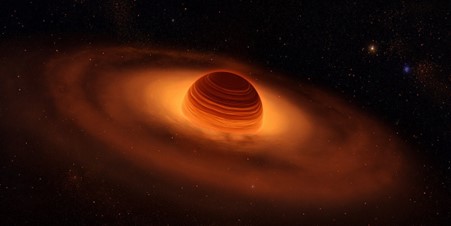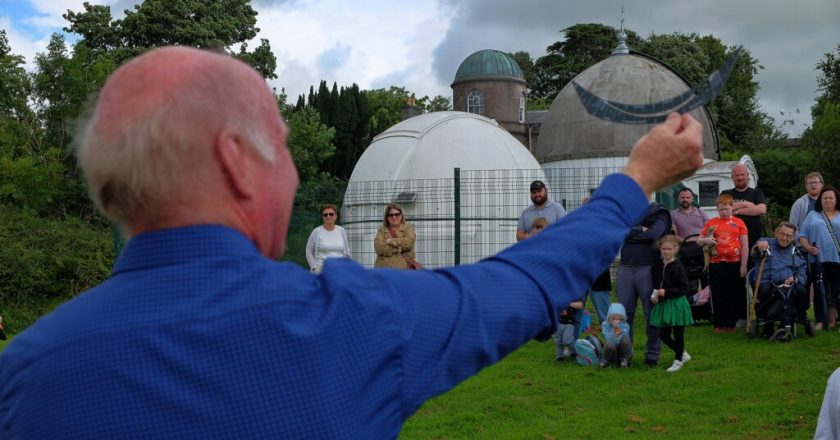August Night Sky 2025 – Astronotes
Can you believe we are in August already? Let’s hope for another sunny heatwave and some clear skies for stargazing. Read below to know what to look out for this month!
Sturgeon Moon
Mark your calendars! The next full Moon will grace the skies on 9th August at 8:55am (UK time). This month’s Moon is traditionally known as the Sturgeon Moon, a name rooted from North American tradition. It has also been known as the Swan Flight Moon, Red Moon and Grain Moon.
The name comes from the giant lake sturgeon, a prehistoric-looking fish that once thrived in the Great Lakes and Lake Champlain. These freshwater giants were most easily caught in late summer and were a vital food source for Native American communities in the region. While once plentiful, sturgeon are now a much rarer sight due to overf...



